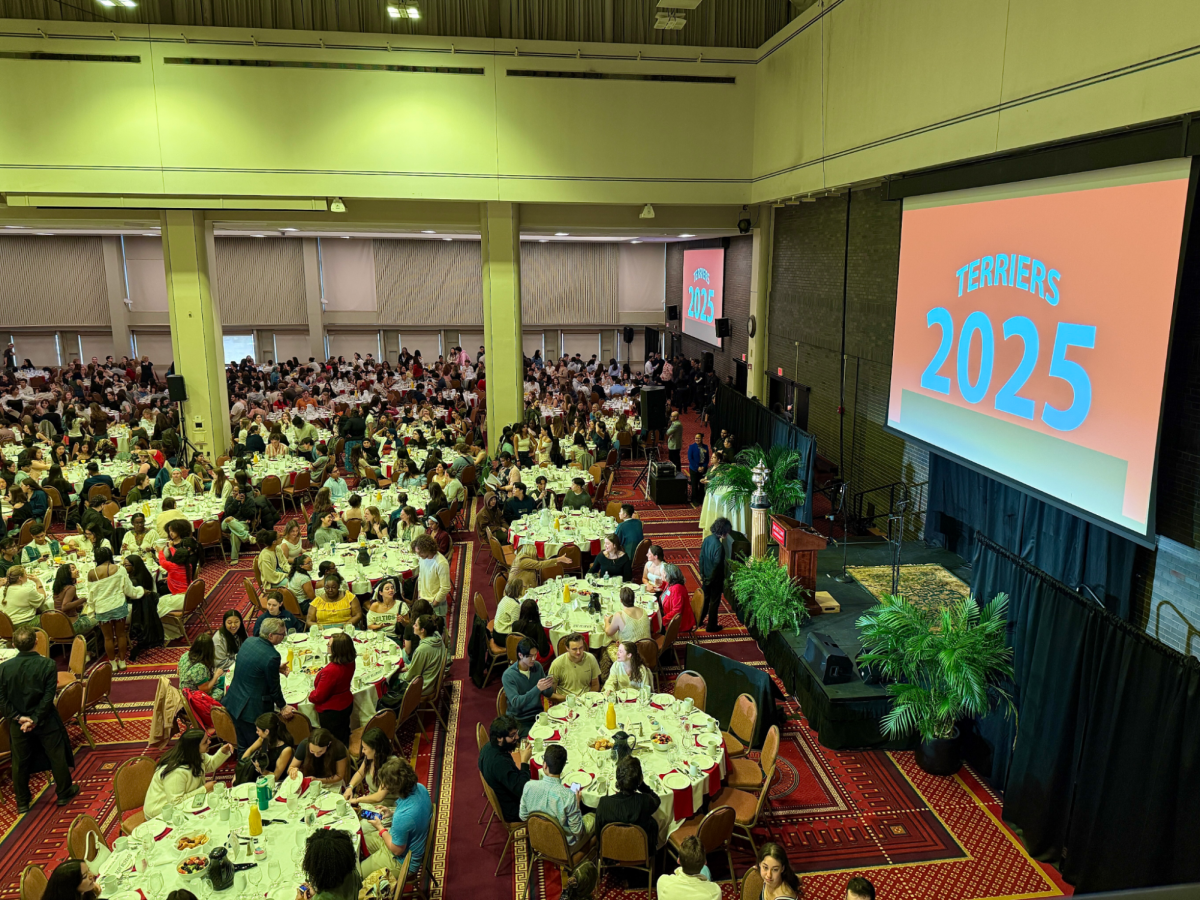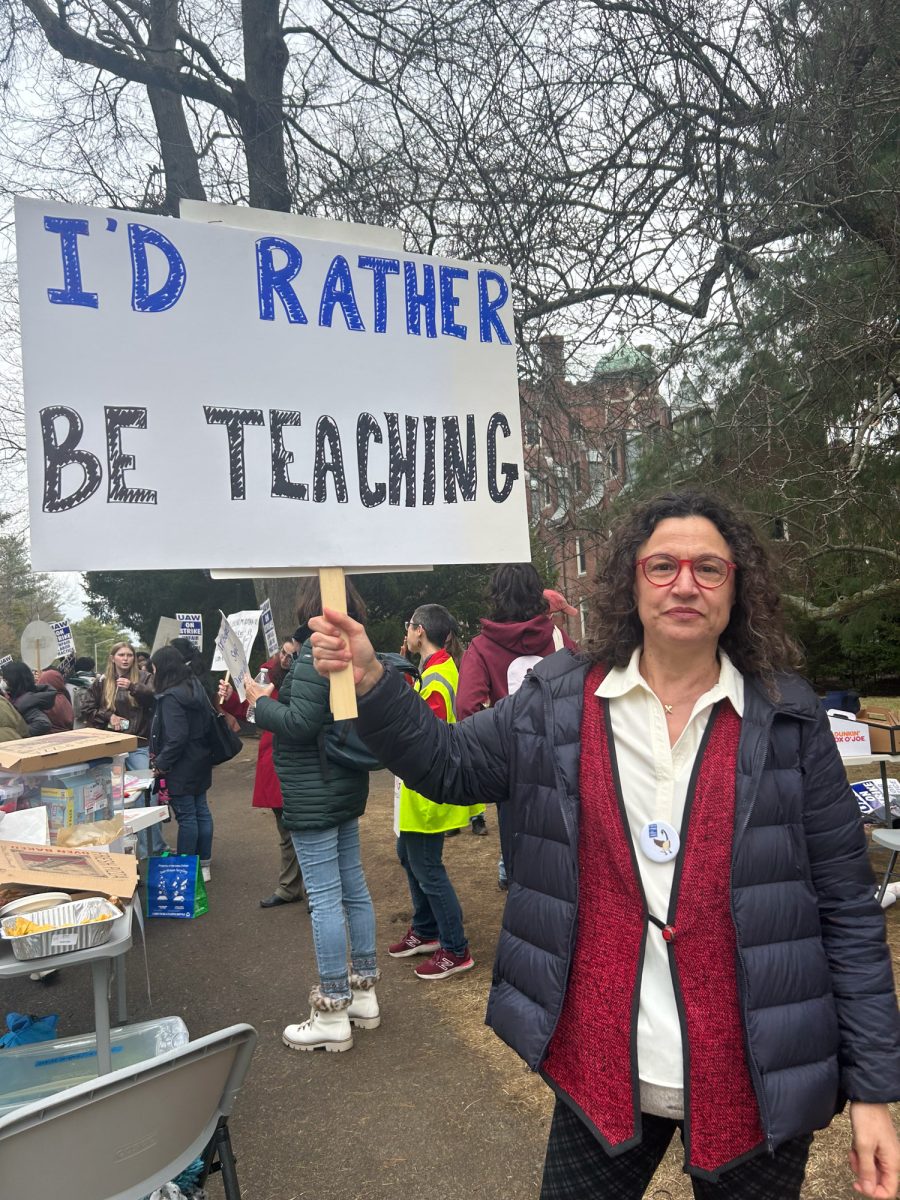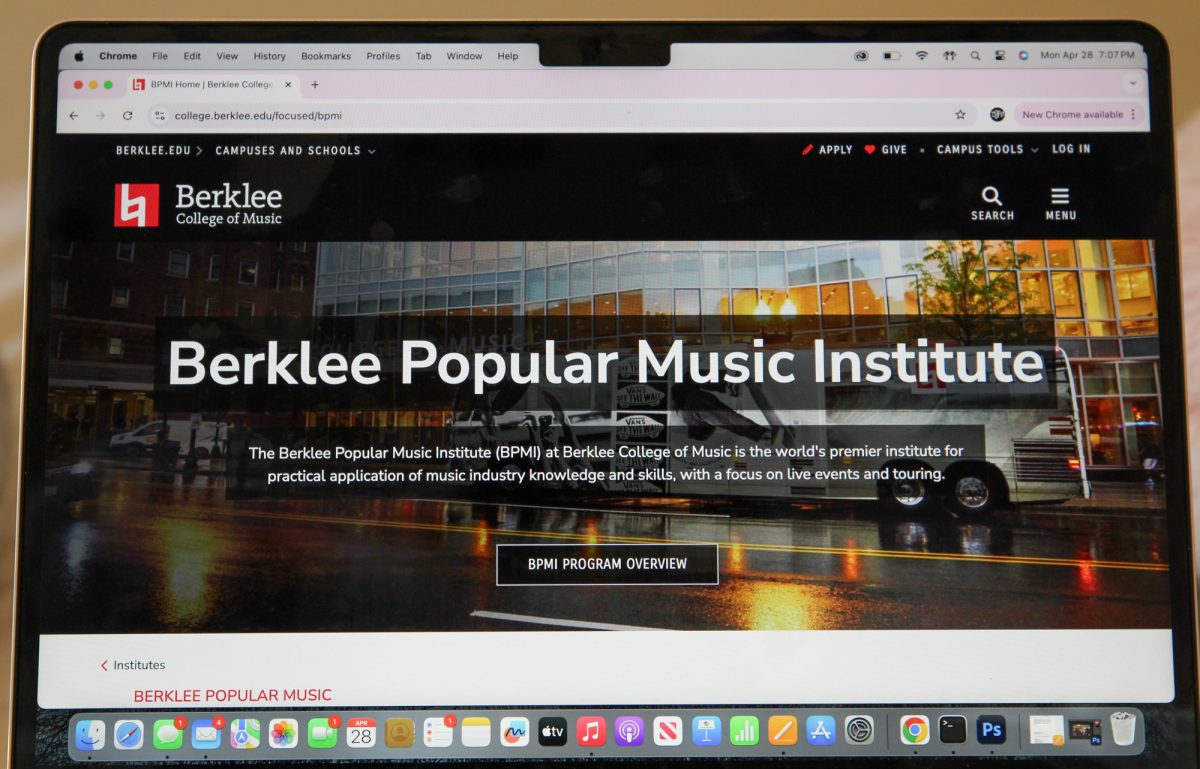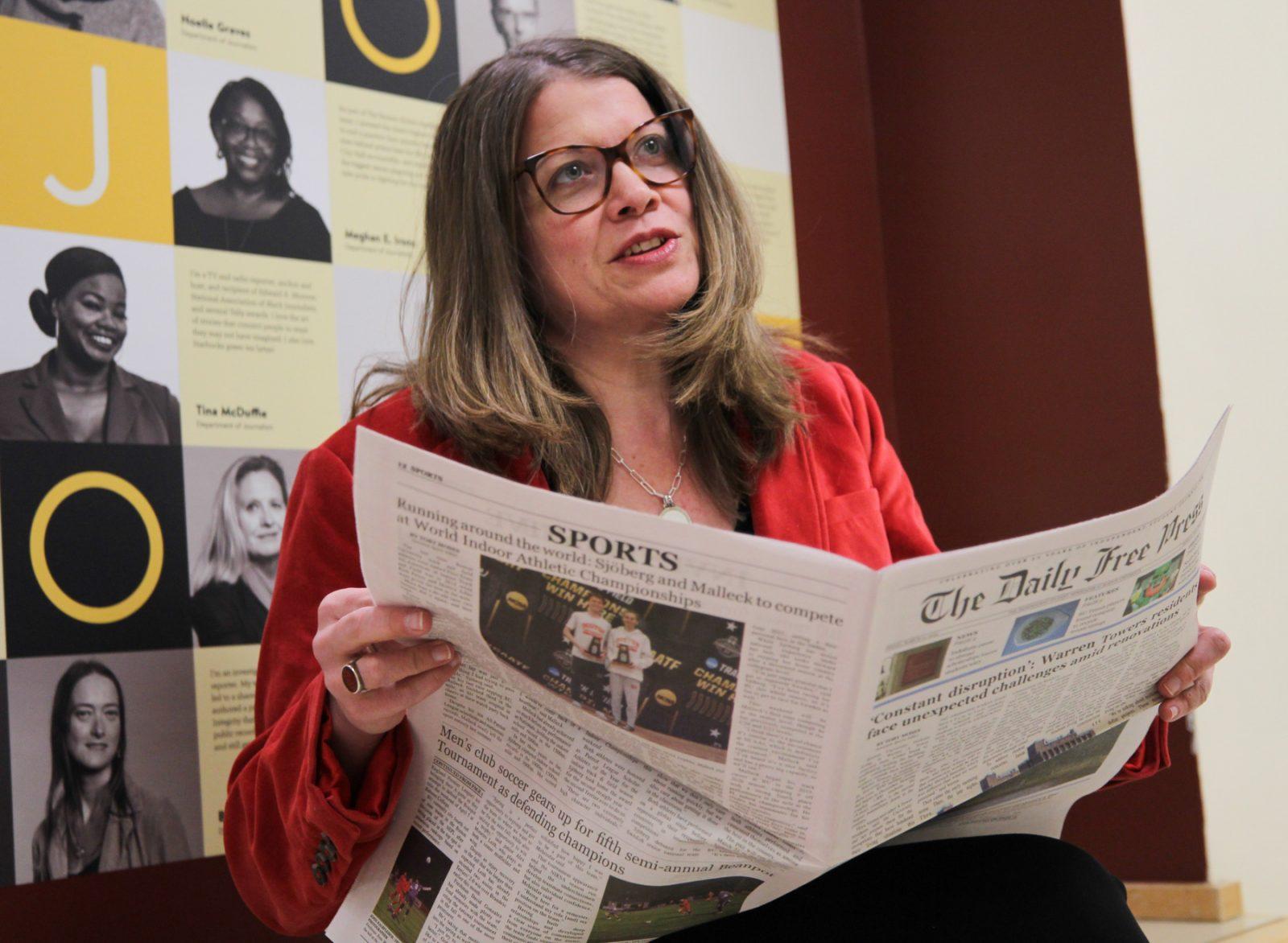“School choice” has long been a topic of municipal debates around the country. Though it’s a catch-all phrase for charter schools, voucher programs and magnet schools — the most recent iteration of the “school choice” debate centers on our nation’s elite, test-in, public schools.
Specialized high schools, exam schools, selective enrollment high schools — they bear different names depending on the city but all operate off the standard of admission-based selectivity and fall under the umbrella term of selective high schools, or SHSs.
They are mostly located in cities or other large school districts, and serve to offer a specialized and elite education to its students while also remaining tuition free.
It is understandable then, why some of the best SHSs in our country, such as Boston Latin, or Stuyvesant, have highly coveted seats. These schools serve as a beacon for high achieving students who may not have the means to pay for a specialized education.
In theory, they provide a pathway for students from disadvantaged backgrounds to achieve greater opportunity, all while remaining in the public school system.
However, the competition surrounding these school’s admissions processes has led to an entire test prep and tutoring industry that many argue undermines the egalitarian spirit behind these purportedly meritocratic institutions.

One look at the demographic make-up of these schools would validate these concerns.
In a study done by the Brookings Institute on SHSs, they found that across most major U.S. cities, the demography of these schools’ student bodies underrepresented minorities and students from poorer socioeconomic backgrounds.
However, given that standardized testing was impossible during the pandemic, and that other metrics, such as grades and attendance were heavily skewed by classroom disruptions, many schools implemented a lottery system in place of their normal admissions standards.
Though initially implemented out of necessity, some schools, such as Lowell in San Francisco, have begun considering a permanent switch to a lottery system in an effort to combat the socioeconomic inequities in the application process.
Supporters say that correcting the demographic incongruities between these highly coveted schools and the districts they represent is long overdue. Whereas, detractors argue that implementing a lottery undermines the very selectivity that gives these schools their pedigree.
Though municipal politics will ultimately decide the fate of these schools’ admission processes, there are, I believe, a handful of practical ways to increase diversity without sacrificing admission standards at all.
The first solution comes with the realization that the demographic skew doesn’t start with admissions, but is present even among the students who take the entrance exams to get into these schools in the first place.
This makes sense because there are many institutional and informational barriers that may prevent students from lower socioeconomic backgrounds from participating in examinations.
Having mandatory information sessions for students as well as an “exam day” set aside in public school calendars for in-school testing could help ease the demographic gap without making any adjustments to admissions standards.
However, that’s not to say more can’t be done. The content of high school entrance exams themselves may also be contributing to inequality. This is because many schools have their own unique tests. Whether it be the ISEE in Boston or SHSAT in New York, these specialized exams highly favor students who have had access to prep courses and tutoring, as they test students heavily on information that has not been taught yet in the normal school curriculum.
Replacing unique tests with scores on existing standardized tests may not only widen the number of possible applicants, but may also reduce the impact of prep courses on test performance.
Aside from that, any program that would increase school resources for advanced classes or on-demand coaching from school administrators would also ease the demographic gap as the GPA boost from weighted classes, and participation in prep courses, are both crucial components of the application process that have significant socioeconomic barriers.
Overall, despite what the decisiveness of the debate might tell you, there are many ways in which there is little to no tension between equality and meritocratic integrity. However, even so, it is important to understand that these solutions won’t change everything, as there are socioeconomic barriers that affect kids long before they even apply for these schools.
However, making these improvements could be crucial to public education’s mission as a whole. Despite the fact that the fate of these admissions processes will only affect about 1% of students in this country, it is important that these institutions fight for a more diverse student body and prove that public education can be elite without being elitist.
























































































































gelo bro • Mar 17, 2022 at 1:24 pm
another banger from lin, call it linsanity